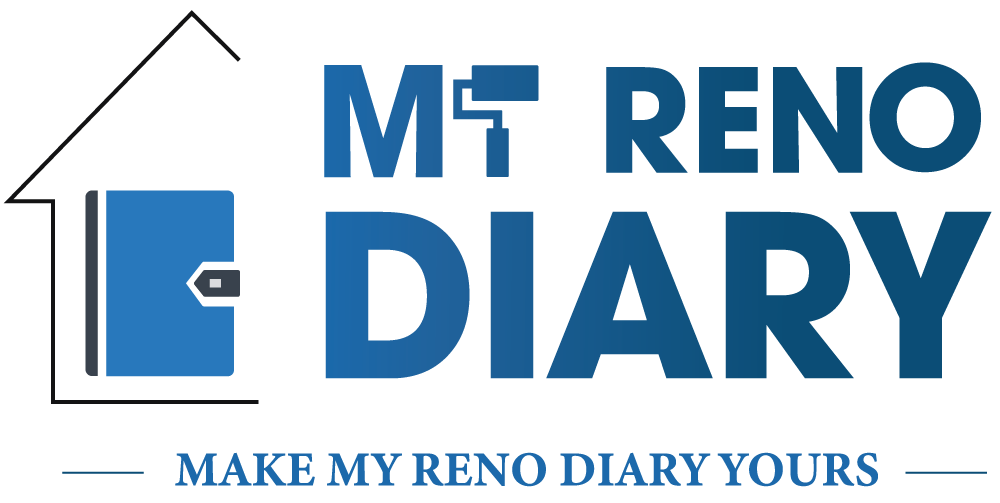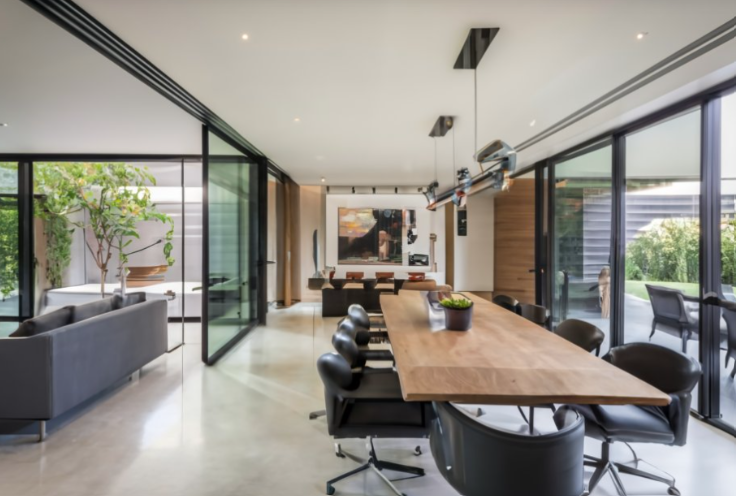Embracing Elegance and Functionality: A Guide to Contemporary House Design
The world of architecture is constantly evolving, and contemporary house design stands at the forefront of this evolution. It’s a style that embraces clean lines, open spaces, and a seamless integration of indoor and outdoor living. This definitive guide delves into the core principles, elements, and trends that define contemporary house design, empowering you to create a home that is both stylish and functional.
Unveiling the Concept: What is Contemporary House Design?
A. Definition:
Contemporary house design encompasses a broad spectrum of architectural styles that reflect the current trends and sensibilities. It emphasizes clean lines, functionality, and a connection with the natural world. Unlike modern design, which has a more rigid and minimalist approach, contemporary design allows for a touch of personality and warmth.
B. Importance:
Contemporary house design offers several advantages:
- Timeless Appeal: Clean lines and a focus on functionality ensure a design that remains stylish for years to come.
- Enhanced Functionality: Open floor plans and smart layouts promote a sense of spaciousness and facilitate effortless movement.
- Connection with Nature: The use of natural light and blurring of indoor and outdoor spaces fosters a sense of tranquility and well-being.
- Sustainability Focus: Contemporary design often incorporates eco-friendly materials and technologies, promoting environmental responsibility.
Hallmarks of Contemporary Style: Key Characteristics
Contemporary house design can be identified by its distinct characteristics:
A. Clean Lines and Geometric Shapes:
- Simple and elegant lines dominate the exterior and interior design, creating a sense of order and sophistication.
- Geometric shapes such as squares, rectangles, and circles are frequently utilized, adding visual interest and balance.
B. Emphasis on Natural Light and Openness:
- Large windows and skylights are strategically placed to maximize natural light, fostering a connection with the outdoors and creating a bright and airy feel.
- Open floor plans blur the lines between living areas, promoting a sense of spaciousness and encouraging interaction.
C. Integration of Indoor and Outdoor Spaces:
- Sliding glass doors, terraces, and balconies seamlessly connect the interior with the exterior, creating a sense of indoor-outdoor living.
- Courtyards and patios can also be incorporated to bring a touch of nature closer to the living space.
D. Minimalistic Approach to Decor:
- Uncluttered interiors with clean lines and a focus on functionality are central to contemporary design.
- Emphasis is placed on the architectural elements themselves, with minimal decorative clutter. When present, décor often adopts a sleek and modern aesthetic.
Building Blocks of Contemporary Style: Essential Elements
Several key elements come together to create a well-executed contemporary house design:
A. Materials:
- Industrial materials: Concrete, steel, and glass are often used for their sleek aesthetics, durability, and ability to create a modern feel.
- Natural materials: Wood, stone, and brick can be incorporated to add warmth and texture, balancing the industrial elements.
B. Colors:
- Neutral color palettes: White, beige, and gray dominate contemporary spaces, creating a clean and airy aesthetic.
- Pops of bold color: Accent walls, artwork, or furniture pieces can introduce vibrant hues, adding personality and visual interest.
C. Furniture:
- Sleek and minimalistic furniture pieces with clean lines and simple designs are preferred.
- Functionality is key: Furniture often serves multiple purposes, maximizing space utilization.
- High-quality materials: Investment in well-crafted furniture pieces ensures durability and complements the overall aesthetic.
D. Technology:
- Smart home technology: Integration of lighting systems, thermostats, and security features enhances convenience and energy efficiency.
- Home automation: Smart assistants and automated systems can further enhance comfort and functionality.
Contemporary Design: Embracing the Future
Contemporary house design is a dynamic and ever-evolving concept, constantly adapting to new trends and technologies. Here are some prominent trends shaping the future of contemporary design:
A. Sustainable Design Practices:
- Eco-friendly materials: Sustainable materials like recycled wood, bamboo, and low-VOC paints are increasingly favored.
- Energy efficiency: Incorporating features like solar panels, energy-efficient appliances, and smart lighting systems promotes environmentally conscious living.
B. Biophilic Design Elements:
- Connection with nature: Incorporating natural elements like plants, water features, and natural light fosters a sense of well-being and reduces stress.
- Indoor living walls and strategically placed greenery add a touch of life and vibrancy to the space.
C. Multi-functional Spaces:
- Flexible layouts: Rooms designed to serve multiple purposes, such as living rooms that convert into guest bedrooms or home offices, maximize space utilization in smaller homes.
- Movable partitions: Utilizing sliding doors or partitions creates a sense of openness while allowing for functional division when needed.
D. Emphasis on Energy Efficiency and Green Building Practices:
- Passive design principles: Optimizing natural light and ventilation reduces reliance on artificial lighting and heating/cooling systems.
- Water-saving fixtures and appliances further enhance the home’s sustainability credentials.
Showcasing Excellence: Case Studies in Contemporary Design
A. Example 1: Modernist Masterpiece by Renowned Architect:
- This case study could highlight a specific contemporary house designed by a renowned architect, showcasing its unique features and how it embodies the key characteristics of the style.
- Include details on the use of materials, integration of indoor-outdoor spaces, and innovative use of technology to create a luxurious and functional living environment.
B. Example 2: Sustainable Sanctuary in an Urban Setting:
- This example could feature a contemporary eco-friendly house built in an urban environment.
- Highlight its sustainable features like a green roof, solar panels, and rainwater harvesting systems.
- Showcase how the design seamlessly blends with the urban landscape while promoting a connection with nature.
Conclusion: A Timeless Aesthetic for Modern Living
Contemporary house design prioritizes clean lines, open floor plans, and a connection with nature. By embracing the principles of contemporary house design, you can create a home that reflects your unique style, prioritizes functionality, and ensures a comfortable and sustainable living environment for years to come. To create a functional and beautiful contemporary home, partner with MRD. Our team of experts can help you design a space that reflects your personal style, incorporating modern design elements, functional storage solutions, and a cohesive color scheme. Contact us today to schedule a consultation and start transforming your home into a space that you love.



